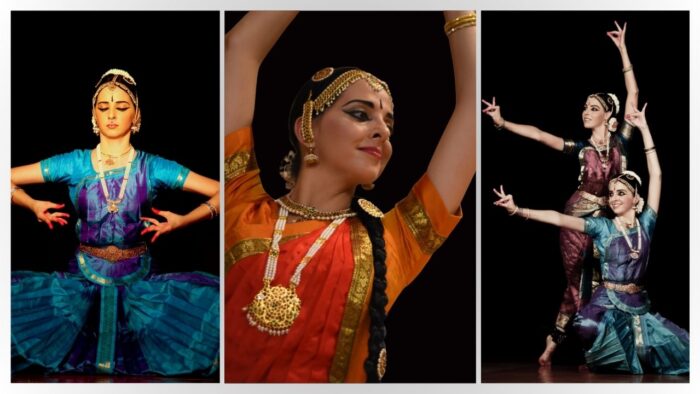Eva Berki has translated the works of India spiritual teachers to Hungarian. She has also made available in Hungarian Sanskrit texts, as well as help edit along with a team a Sanskrit Hungarian dictionary. Through her dance and love for Indian philosophy, we find an abiding connection between Hungary and India
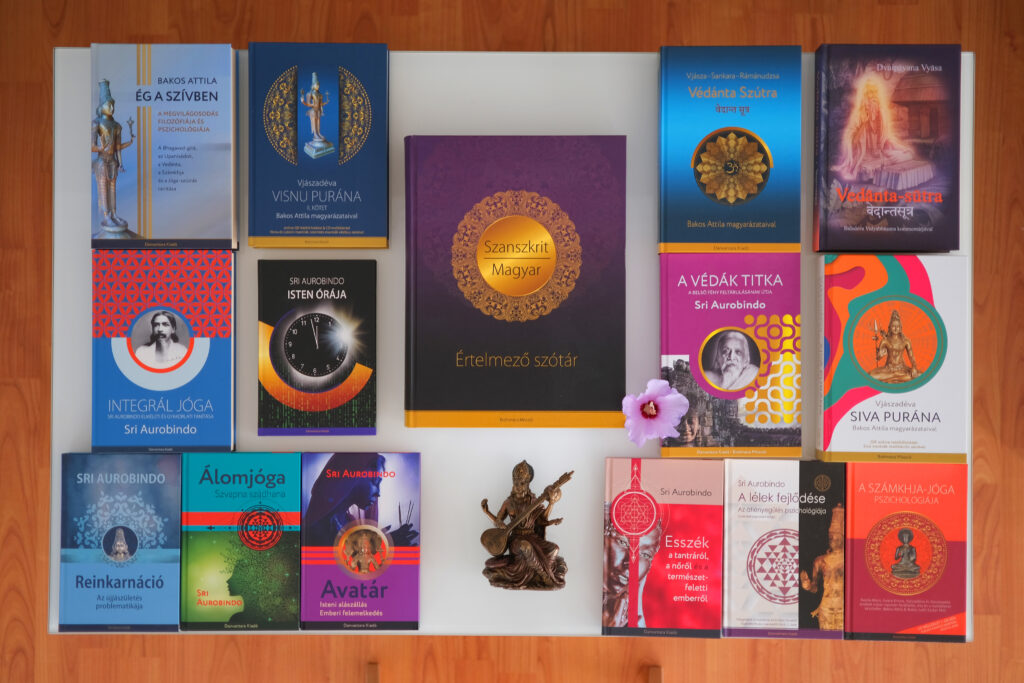
What was your first exposure to Indian culture, traditions and language?
I saw a Bharatanatyam recital at the age of 15 (it was performed by a Hungarian group). I instantly fell in love with the art form, and as luck (or karma) would have it, one of the dancers moved into my hometown right after the performance and started to teach dance. That is how my journey began.
You are a professional translator with proficiency in several languages. What drew you to Sanskrit in particular?
It all started with dance and lyrics to the items. I remember that my dance mates and I gathered up at a tea house to listen to a Sanskrit teacher explain to us the meaning of Nateśa kauthuvam. But I started to study the language methodically much later, at the age of 25.
Sanskrit is the gateway to much of Indian philosophy. How have you studied Indian philosophy?
I am lucky enough to have a spiritual guru, who is Hungarian but thoroughly trained in Indian philosophy. He publishes books of Vedic literature, holds lectures and offers an adult training course where he teaches the bases of philosophy based on texts like the Saṁkhya Kārikā of Īśvara Kṛṣṇa, the Yoga Sutras of Patañjali and the Guru Gītā. The theory is accompanied by practice: his wife is a yoga teacher who holds yoga and meditation classes (prānāyāma, yoga nidrā etc.) This 3-year-course gives one quite a good basis to continue studying and practising independently and dig even deeper.
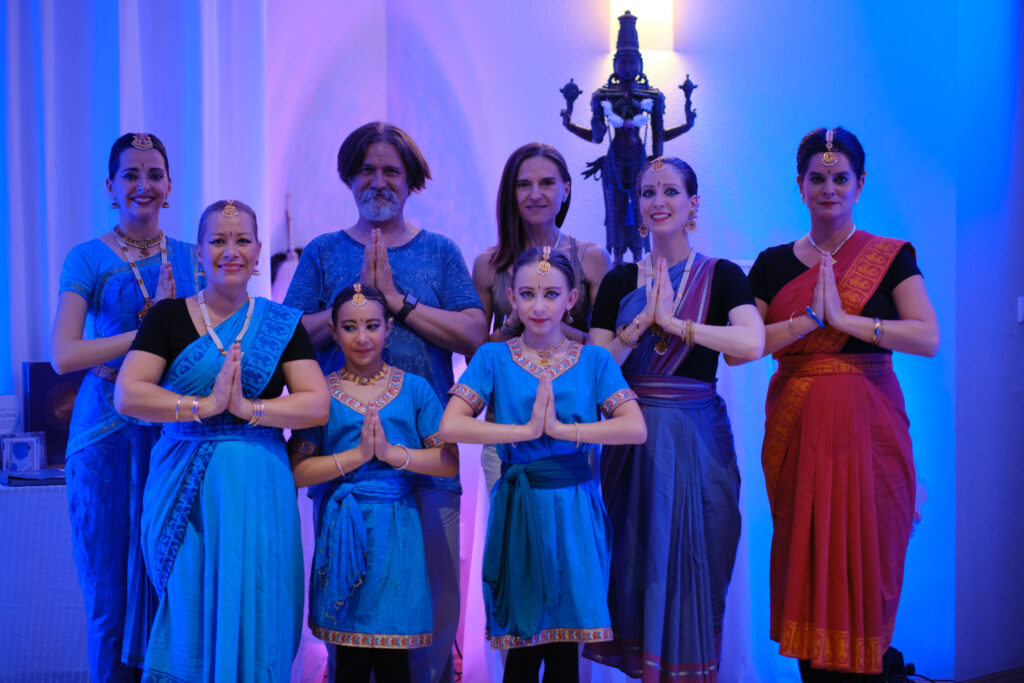
What are the texts that are particularly of interest to you? Can you share why you studied the Devi Mahatmiyam?
My first seva was to translate a book of Sri Aurobindo. By now we have published over ten of his books. It is quite a task to try to render the thoughts of an enlightened Master in a different language, but when they reveal themselves (or at least I think that they reveal themselves), I always feel that I stumbled upon a treasure. My current favourite is his essay called The Delight of Works where he says: “[…] before an opening eye within thee there shall emerge that true and only Person, thyself and not thyself, all others and more than all others, the Director and Enjoyer of thy works, the Master of the worker and the instrument, the Reveller and Trampler in the dance of the universe and yet hushed and alone with thee in thy soul’s silent and inner chamber.”
Right now, I am working on the translation of the Devī Bhāgavatam – it is to complement the perspectives of the Śiva and Viṣnu Purānas which we have already published. It is incredible to see that it contains the highest form of Advaita philosophy carefully wrapped up in a bunch of stories that are often of a quite feminist perspective which is not that common in other Vedic texts.
Another thing that we are currently working on is a poetry book based on the poems of Rabindranāth Ṭhākur, Aurobindo, Mīrābāi, Āndāl and Vidyāpati Kavi. In this endeavour, I exceptionally do not take part as a linguist but as an illustrator, which was my childhood dream (I originally wanted to be a graphic artist).
Is there an interest for these thoughts in Hungary? You have done a Sanskrit to Hungarian dictionary. How has been the response?
There is a growing interest indeed. On a yearly basis, around one hundred people attend the course that I have mentioned (Hungary has a population of 10 million, so it is indeed a big number for us). Many of the graduates go on and start their own ventures: they start teaching yoga, giving lectures or offering ‘spiritual coaching’. So it is a bit like a spiritual MLM system.
As to the dictionary, it had a quite good reception: the first edition has already been sold out. Since then we have published it in an e-book format as well, since the production costs of the paper format are quite hefty (it is 1250 pages). What is unique about it is that it is not merely a dictionary, but every article contains philosophical examples taken from sacred texts like the Bhagavad Gītā with short explanations.
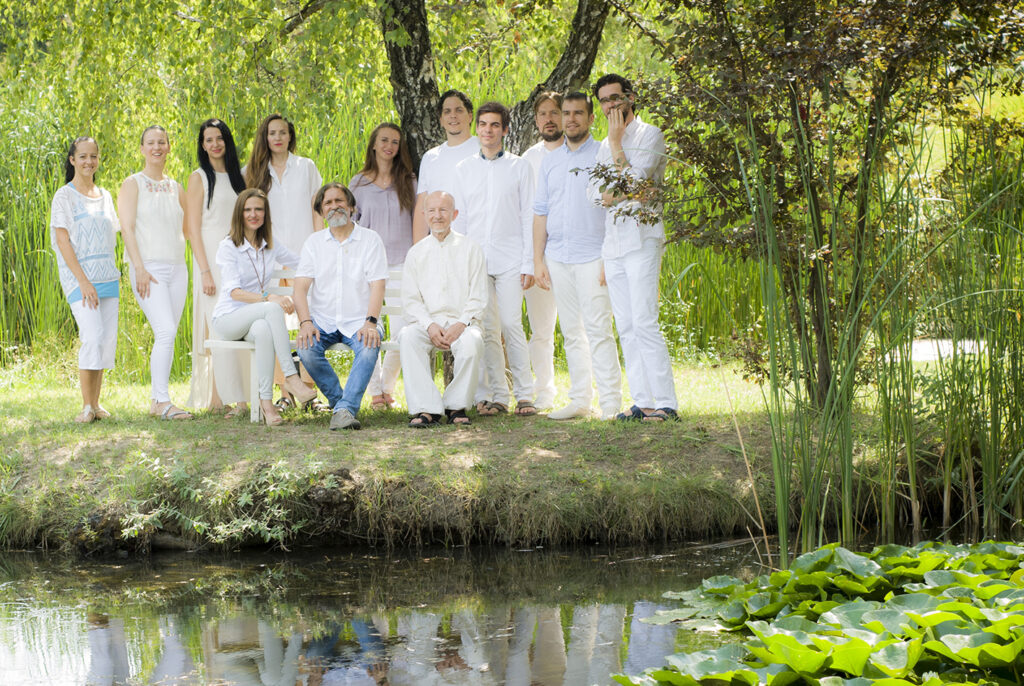
How does this connect to dance traditions and other arts of India?
I find that Bharatanatyam is pure philosophy. When you dance to ślokas such as Jivaḥ śivah śivo jivaḥ, you are giving a bodily form to the highest thoughts of humanity, you seek to express that that the divinity is present in everyone and everything. In India, these thoughts are living ideas up to day and all Indian classical art forms grew from them and convey them in a form or another.
You have given performances in the Chennai December festival. How was the experience being at present at Indias largest music and dance festival?
It was a really long time ago (back in 2011), but it was an indescribable experience both for me and for my good friend, Mariann, with whom I performed a duo. I will always be grateful for my guru, Smt. Meenakshi Chitharanjan for seeing the potential in us and making it happen, and I will always cherish these memories as some of the most special moments of my life.
How easy is it to find a guru and be trained in India dance in Hungary
There are a few Hungarians who teach in Hungary. I was lucky enough to learn under one of the bests, Ms Ildikó Gulyás, who is not only a Bharatanatyam dancer but a Carnatic singer and mṛdanga artist as well (with a degree from the Madras Music Academy). Unfortunately, she moved out of Hungary quite a few years ago, so I had no other choice than starting to teach dance myself. Besides teaching, I constantly strive to improve my dance with the help of online platforms such as NatyaSutraOnline and the Raadha Kalpa Method, by attending workshops both in India and abroad, and by hosting Bharatanatyam artists in Hungary like Ms. Rukmini Vijayakumar and Ms. Radhika Shetty. Currently, I am preparing for a duo performance with Ashima Prakash, who is a medical student in Hungary and is just as crazy about Bharatanatyam as I am.
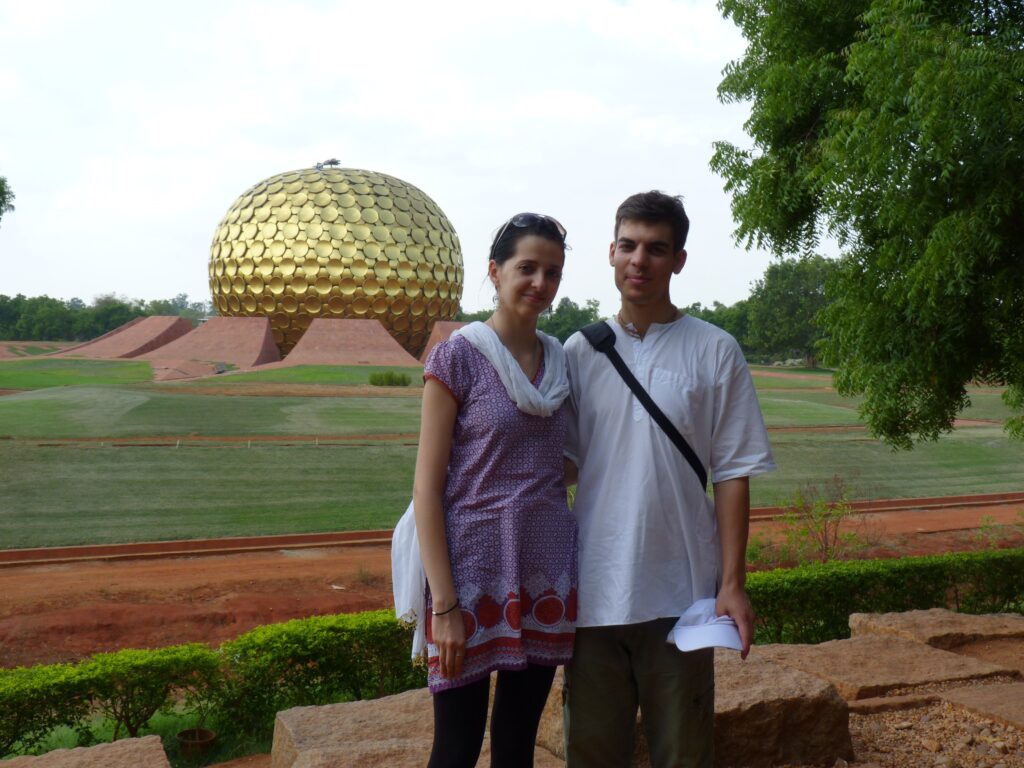
What is the role of institutions like ICCR in promoting Indian culture in the West. You are a recipient. How was the experience?
Without an ICCR scholarship, I would not have been able to spend a year in India. And without spending a longer span of time in India, I would not have been able to gain a deeper understanding of the art form and the culture behind it. So for me it was of crucial help.
From a bigger perspective, it is great to see that the Indian Government supports culture at such an extent since culture is the basis of human civilisation, which we tend to forget these days.
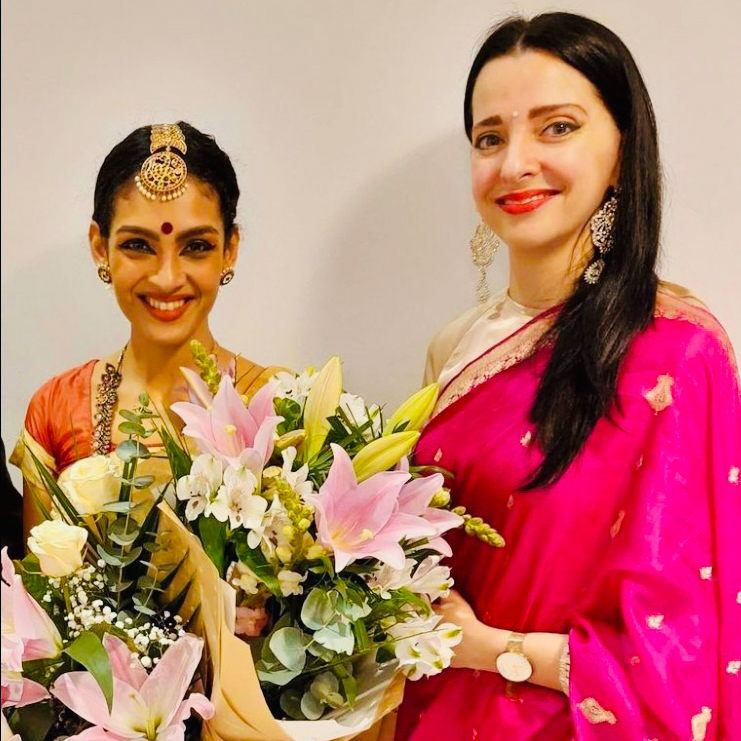
Is there a vibrant cultural hub in Hungary for showcasing Indian culture.
Thanks to the work of committed teachers, there is an ever bigger audience trained in yoga and Indian philosophy who also appreciate cultural events. Besides, I find that the Hungarian mind is quite sensitive to the eternal messages of ancient times and cultures such as that of India. As our great researcher, Sándor Kőrösi Csoma said in the 19th century: “Search and seek, because no nation in the whole world can find so much treasure for the enrichment of its culture as the Hungarian in the treasure trove of ancient Indian culture.”
Video Excerpt of the Interview

